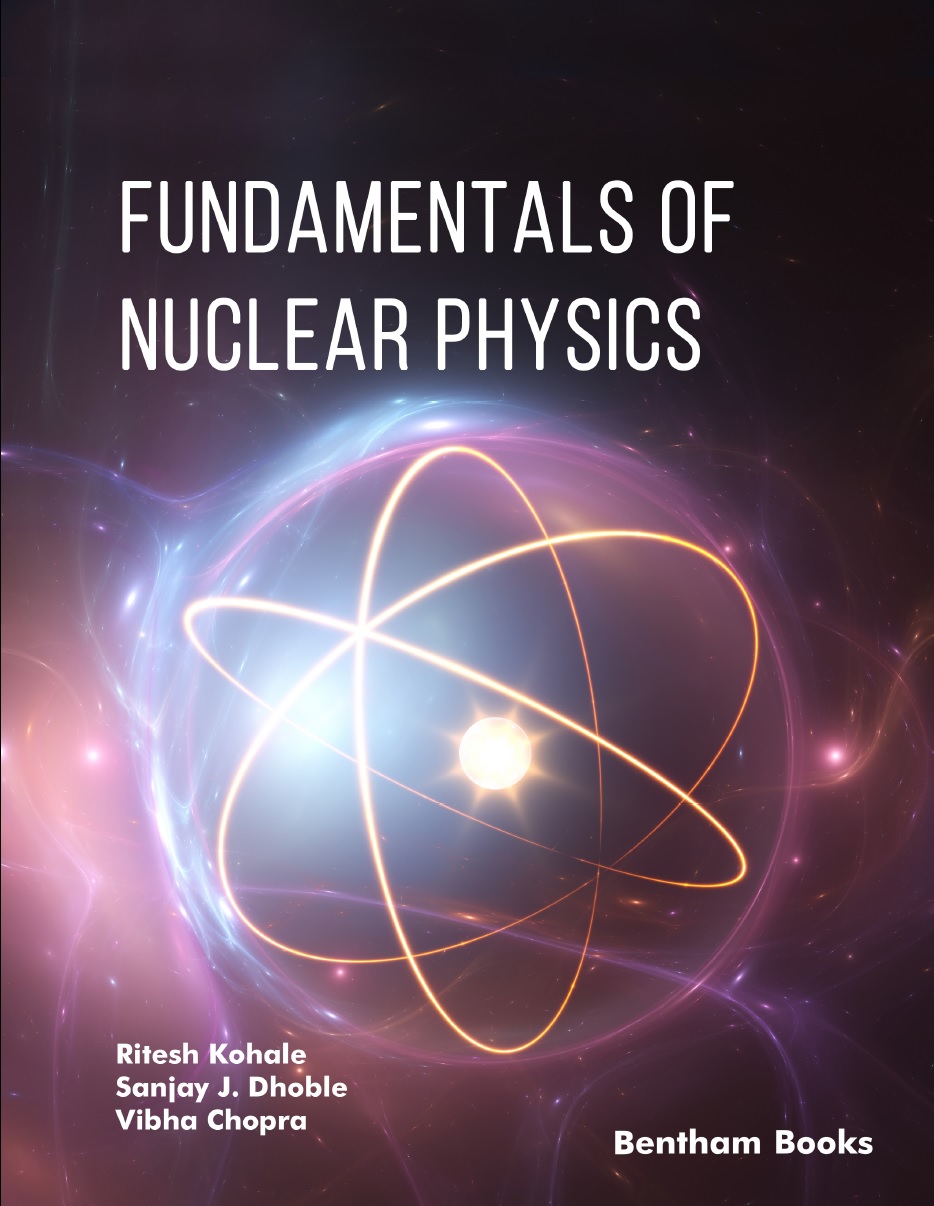

Most ebook files are in PDF format, so you can easily read them using various software such as Foxit Reader or directly on the Google Chrome browser.
Some ebook files are released by publishers in other formats such as .awz, .mobi, .epub, .fb2, etc. You may need to install specific software to read these formats on mobile/PC, such as Calibre.
Please read the tutorial at this link: https://ebookbell.com/faq
We offer FREE conversion to the popular formats you request; however, this may take some time. Therefore, right after payment, please email us, and we will try to provide the service as quickly as possible.
For some exceptional file formats or broken links (if any), please refrain from opening any disputes. Instead, email us first, and we will try to assist within a maximum of 6 hours.
EbookBell Team

4.1
90 reviews
ISBN 13: 9789815049916
Author: Ritesh Kohale
Fundamentals of Nuclear Physics gives elementary understanding of nuclear and particle physics. The textbook offers an overview of the subject, providing students with a basic understanding about 1) the atomic structure and the nucleus, 2) equipment such as particle detectors, particle accelerators, and nuclear reactors, 3) radioactivity, and 4) elementary particles. Each chapter provides fundamental theoretical and experimental knowledge required for students to strengthen their concepts. Other key features of the book include: - Structured chapters designed for easy reading and stimulating interest for learners - Sophisticated figures - Thoroughly solved equations - Bibliographic references for further reading - Updated information about different types of nuclear reactors - Information about nuclear astrophysics Fundamentals of Nuclear Physics is suitable for introductory undergraduate courses in nuclear physics as well as more innovative courses geared towards nuclear engineering.
1. INTRODUCTION TO RADIOACTIVITY
1.1. Alpha (α) Rays
1.2. Beta (β) Rays
1.3. Gamma (γ) Rays
2. ALPHA, BETA AND GAMMA DECAY
2.1. Origin of Alpha Decay
2.1.1. Properties of Alpha Rays
2.1.2. Example
2.2. Magnetic Spectrometer
2.2.1. Determination of Energy of α (Alpha) Particle
2.2.2. Stopping Power
2.2.3. Range of Alpha Particles
2.3. Experimental Determination of Range of α-Particle
2.3.1. Geiger’s Law
2.3.2. Geiger-Nuttal Law
2.4. Alpha Particle Tunneling
2.5. Gamow’s Theory of Alpha Decay
(A). For Region I
(B). For Region II
(C). Region III
Boundary Conditions
3. BETA DECAY
3.1. Beta Minus Decay
3.2. Beta Plus Decay
3.3. Electron or K-capture
3.4. Measurement of Energy of Beta Particle
3.5. Energy Spectrum of Beta (β) Particles
3.6. Neutrino Theory of Beta Decay
3.6.1. (Pauli’s Neutrino Hypothesis)
3.6.2. Neutrino Properties
3.7. Fermi Theory of Beta Decay
4. GAMMA DECAY
4.1. Example
4.2. Measurement of Gamma γ-Ray Energies
4.3. Magnetic Spectrograph for Energetic Photoelectrons (γ-ray)
4.4. Detection of Energy of Photoelectrons
4.5. DuMond Bent Crystal Spectrometer
4.6. Pair Spectrometer for Determination of Gamma-Ray Energy
5. APPLICATIONS OF RADIOACTIVITY
5.1. In Science
5.2. In Medicine
5.3. In Industry
REFERENCES
Origin and Applications of Radioactivity
fundamentals of nuclear physics jelly pdf
fundamentals of nuclear physics jelley
fundamentals of nuclear physics atam p arya
fundamentals of nuclear physics na jelley pdf
fundamentals of nuclear physics na jelley
Tags: Ritesh Kohale, Fundamentals, Nuclear